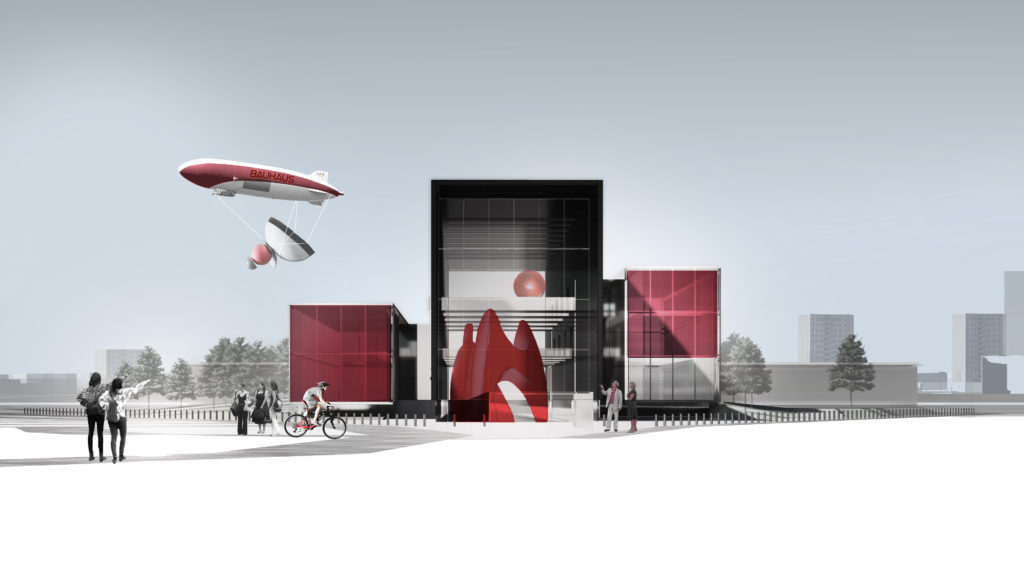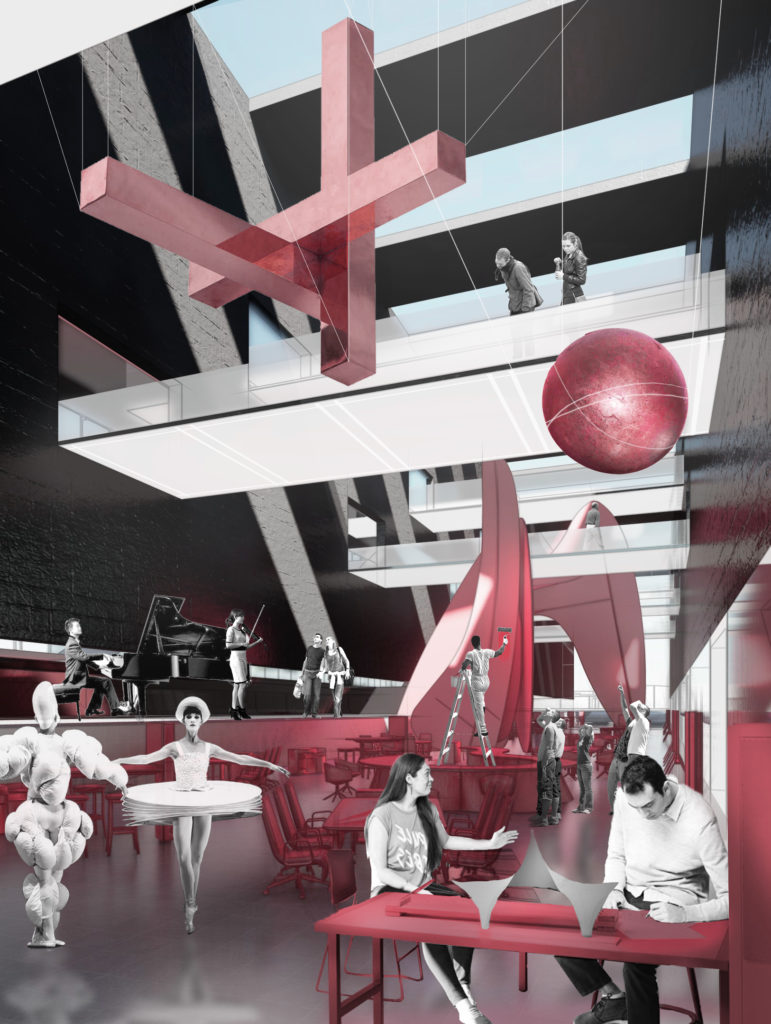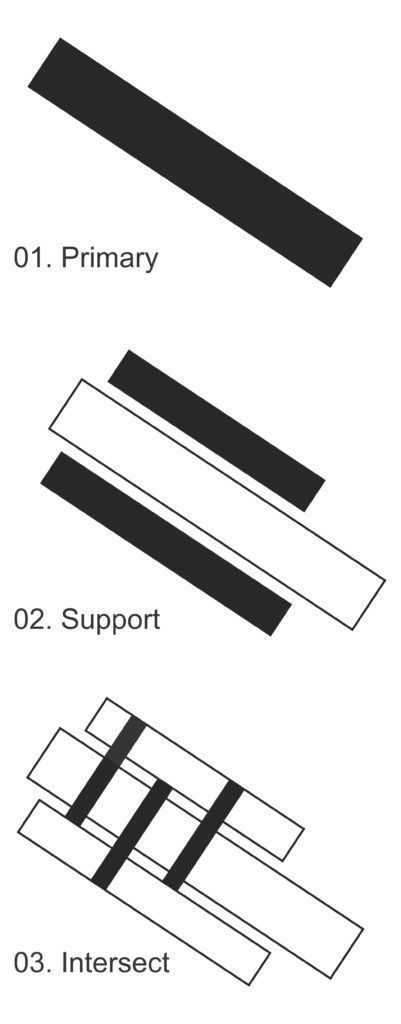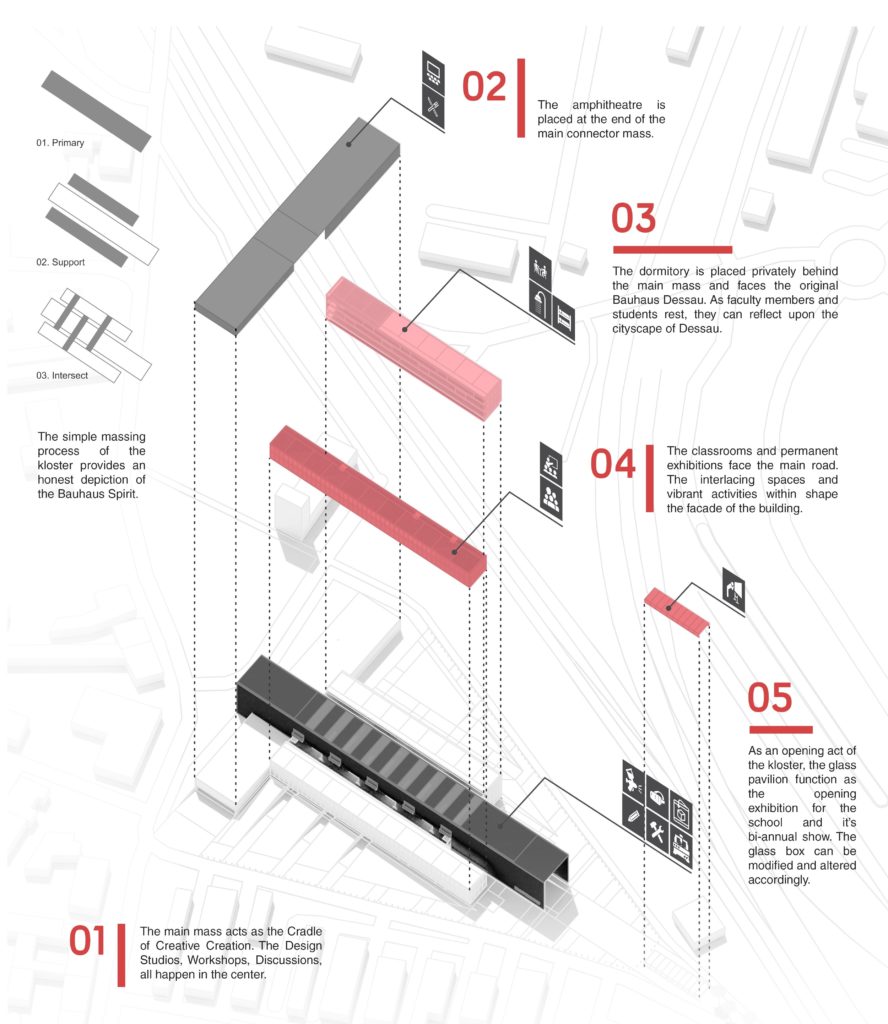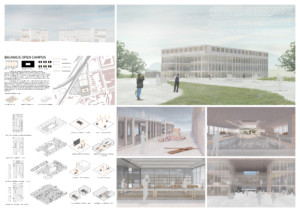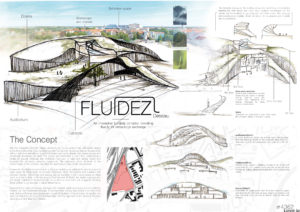BAUHAUS KLÖSTER (Bauhaus Monastery)
“So let us therefore create a new guild of craftsmen, free of the divisive class pretensions that endeavoured to raise a prideful barrier between craftsmen and artists!” – Bauhaus Manifesto, Walter Gropius
Gropius and His Vision for Future Designers
Bauhaus is a revolutionary institution that transformed the whole architecture and design world internationally. Gropius had a vision of a design school that congregates individuals ,teachers and students, from multiple disciplinary backgrounds into a community of revolutionary designers. They came far and wide to live and learn in the way of the school. Much to the likeness of a monk in a monastery.
In accordance with Gropius’ Bauhaus manifesto: “Architects, sculptors, painters—we all must return to craftsmanship”. The intersection of artists resulted in an unprecedented scale of collaborations and inventions. They are not just merely daydreamers with unattainable ideas, but they create and realize their visions into the world. These intersections made possible not just through the curriculum or the task in school, but through daily interactions and exchange by the faculty members and the students. They have adorned themselves in Bauhaus until it seeped deep into them, even when the school is dissolved and they are dispersed across the world.
Hypothesis of the Rebirth of Bauhaus
In this modern era in which digital technology intertwined with architecture education, intense human interactions and tactility slowly disappears. But Bauhaus never hindered itself from technology, it instead embraced it. So if the school thrived until today, it would be the pioneer of how design and architecture can mediate humans and advancement of technology. The spirit of living within design would be embraced for the students so that they can experience design and challenge it on a day-to-day basis. By increasing interaction between living, learning, doing, and experiencing design between the faculty members and students, an increase of sensitivity within design problem analysis will emerge amidst the decreasing sensitivity of society today.
Klöster as Cradle of Designers
To further embed a Bauhaus lifestyle within future designers, a new Bauhaus campus must stay true to its’ principle and core while keeping on being relevant in today’s era. Drawing inspiration from the Bauhaus Manifesto and works by the founders and students of Bauhaus, Bauhaus Klöster is the continuation of the legacy left by the past campus. An educational institution, workshop, and living spaces within the same building. Similar to it, the klöster comprises the three in the form of horizontal masses which are connected by wide corridors that can be used as creative spaces as well. The mass in the center acts as a cradle of creative exchanges between disciplines. Design studios, workshops, group discussions, creative processes are meant to be visible between faculty members and students. Direct access towards the classrooms and living quarters make it easier for the users to study, design, discourse, and rest interchangeably. Students are also placed in shared rooms that can accommodate each design group so that they can even discuss and chat about design or get to know each other daily. The building facilitates the Bauhaus way of learning and exchanging design holistically in all aspects of a designers’ and soon-to-be designers’ life.

